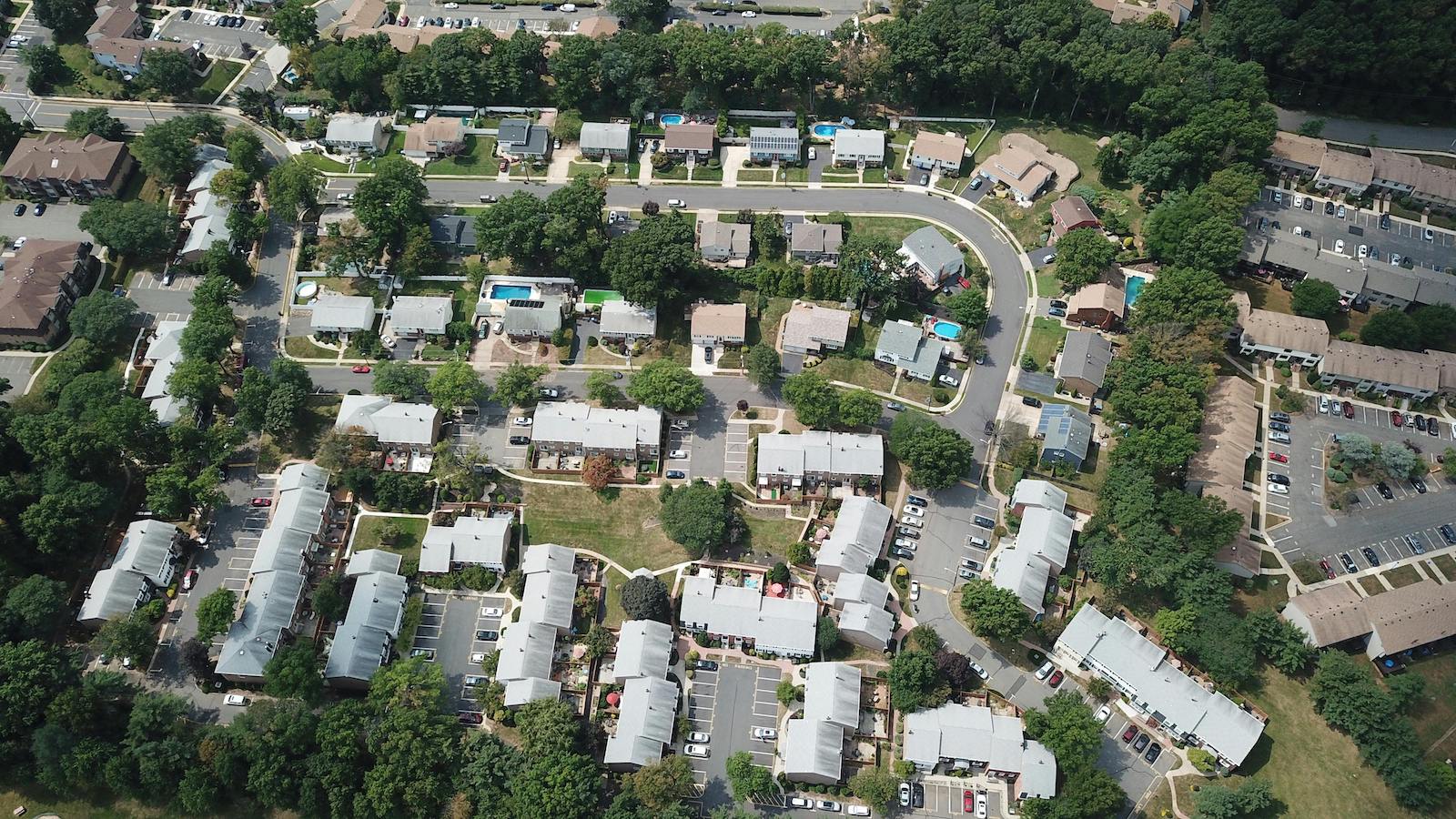Weather-related disasters are happening more often and with greater intensity, driving up the costs of insurance claims and property valuations, often leaving real estate owners with insufficient coverage.
This year, homeowners should anticipate a 6% increase in insurance rates during the 2024 renewal period. This boost comes after a significant 20% average annual increase from 2021 to 2023, caused by inflation and the rising frequency of severe weather events. By year-end, the rise will push the national premium rate average to $2,522 a year. Given climate experts’ anticipation of a severe hurricane season, projections indicate that home insurance expenses will climb even further in 2025.
For this reason, property owners are also facing higher deductibles and lower coverage limits, and some insurance providers are pulling out altogether from high-risk markets such as Florida and California, where weather related losses are highest.
What can individuals do?
In the past, risk mitigation measures such as smoke detectors and security systems could earn property owners modest discounts. Today, these measures are often mandatory for eligibility. Risk mitigation is no longer just a nice bonus but instead a critical aspect of a strong insurance application, and the costs of insuring individuals who don’t properly mitigate risks will be substantially higher.
A sharp increase in nuclear verdicts — large settlements awarded to plaintiffs in liability lawsuits — has led insurance providers to reassess their risk exposure across different policies, including auto insurance. Now, insurers are giving more importance to risk management strategies they want policyholders to implement, like taking defensive driving courses, using vehicle safety technologies such as automatic emergency braking systems and implementing best practices within and around a property. It’s important for insurers to inform property owners that, in addition to being financially responsible for damage that occurs to their home or vehicle, they may be responsible if a guest gets hurt within their property, as well.
Relying solely on insurance for risk protection is no longer adequate for individuals or businesses. It’s essential to address and mitigate asset vulnerabilities through a combination of risk strategies and technology. This approach positions the property owner as a desirable, low-risk entity, with insurance serving as an additional layer of protection rather than the sole safeguard.
See also: Property Underwriting for Extreme Weather
Here are some ways agents and brokers can help clients better manage and navigate premium increases:
- Evaluate the property’s risk profile. This entails a comprehensive cost-benefit analysis of various factors to determine the level of risk associated with insuring a property adequately and consideration of alternative options. This assessment typically includes reviewing the property’s location and susceptibility to natural disasters, such as floods, earthquakes and wildfires. An open discussion surrounding the home or vehicle owner’s lifestyle and habits, such as regular maintenance of the property, previous insurance claims and adherence to safety guidelines, also plays a crucial role in evaluating their risk profile. By examining these factors in detail, insurers can tailor insurance coverage and premiums to accurately reflect the property owner’s risk exposure, ensuring comprehensive protection against potential hazards.
- Encourage owners to maintain property perimeters. Each state and insurance provider maintains a list of recommended property maintenance tasks that can yield substantial benefits for property owners. Brokers and agents have an obligation to share that information with property owners so they can contend with potential risks. Tasks such as clearing vegetation around the property can reduce fire risks, while upgrades such as better-quality windows and roofs increase safety and qualify owners for premium discounts. Routine inspections inside and outside the property — including vehicular property — can catch issues such as damaged roofing shingles or a nail stuck in a tire before they escalate.
- Implement and use surveillance technology. Clients should be encouraged to invest in smart home technology systems. Today’s systems can monitor more than water, providing real-time data on security, environmental conditions and utility consumption. That information can help carriers assess a property’s risk and demonstrate the owner’s vigilance. Modern technology surpasses standard monitoring by identifying hazardous situations such as electrical arcing within walls, which can lead to fires. Staying informed and ensuring up-to-date electrical wiring is the most effective method to prevent such incidents.
- Beef up the property’s security measures. Over a third of burglaries in the U.S. occur without forced entry, emphasizing the importance of securing entryways. Neglecting to lock doors, whether for a vehicle or a home, can lead to significant and unnecessary losses, especially when valuables such as watches, electronics and jewelry are left in plain sight. Insurers should tell their clients to prioritize the security of their properties and vehicles, taking into account the ease of unauthorized access, assessing not only basic door locks but also the type of locks on doors and windows for added security. Property owners also should be encouraged to consider using impact glass for protection against both severe weather and intruders and investing in heavy-duty, indestructible safes for valuables.
- Address cybersecurity risks. The increase in cyber threats, such as compromised social media profiles and hacked bank accounts, requires strong cybersecurity measures such as monitoring applications, parental controls and cyber insurance to help prevent reputational damage and financial losses. In addition, encouraging the practice of good cyber hygiene by being vigilant about passwords, logins, cookies, viruses, suspicious links, phishing attempts and more, and double-checking suspicious online requests can reduce an insured’s risk.
- Prevent water damage before a leak turns into a flood. Water-related incidents and freezing claims account for nearly 20% of home insurance claims. Water damage typically starts with leaky pipes, appliance malfunctions, roof leaks or foundation cracks. Encourage your clients to use water monitoring apps with smart technology to help detect abnormal water flows and alert homeowners promptly to help avoid claims. Installing leak detection systems and strengthening plumbing infrastructure can significantly reduce water-related damage, but stressing the importance of paying attention to early warning signs like a leaking hot water heater is also crucial.
- Assess driving records. Despite advancements in vehicle safety features, human error remains a significant factor in auto incidents. Help insureds reduce accident risks by prioritizing driver education, which can help establish responsible driving habits, such as using turn signals, avoiding distractions and preventing DUIs. Encourage client use of route optimization apps to avoid traffic (and construction) and minimize distractions. Clients need to be aware of their own driving habits as well as those they share the road with.
See also: Rethinking Property Insurance
Navigating the evolving risk landscape requires a strategic approach to asset protection — and an insurer that knows how to guide and help clients. Helping insureds establish smart risk mitigation practices can optimize their risk profile to secure what matters most — their homes, cars and the people who enjoy life in them.






